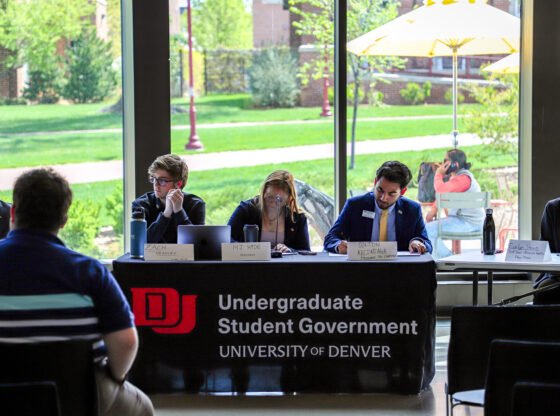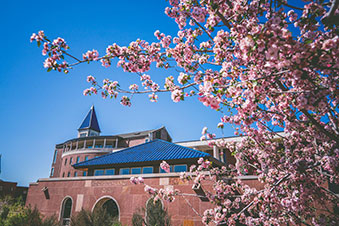Jan. 22 marked a momentous day for India and its people. A new Hindu temple, dedicated to the Hindu deity Lord Ram, was consecrated in Ayodhya, India.
More than 50,000 Hindus lined up before early dawn on Jan. 22 to enter the temple, as stated by AP News. Government official Murli Dhar noted that some 200,000 people arrived in the city to see the temple consecrated, according to reporting from the New York Times.
On opening day, Indian Prime Minister Narendra Modi said it was, “not just a date on a calendar” but, rather, “the dawn of a new era.” Which was momentous for “the expansion of consciousness — from the divine to the nation, from Ram to the entire nation.”
However, the consecration of the shrine has brought much controversy. The Ram temple stands on the same grounds where a 16th-century Mughal-era Mosque, called Babri Masjid, once stood for centuries.
Hindus believe the site of their temple has more holy relevance, as Ayodhya is believed to be the birthplace of the deity Ram. Hindus claim the site has religious meaning, going back to before the Muslim Mughals raised their Babri Masjid mosque in 1528, as stated by PBS.
According to the New York Times, in 1992, the mosque was torn down by a mob, which likely had ties to the Bharatiya Janata Party, which Modi is part of. The destruction of the mosque initiated some of the worst religious riots since Indian independence, killing 2,000 people, mainly Muslims.
In 2019, India’s Supreme Court labeled the wrecking of the Muslim Mosque an “egregious violation of the rule of law.” Yet, the temple’s construction was allowed.
Muslims were allocated a different area to begin building a new mosque in the city come May. Muslims in the Ayodhya area have stated the Hindu temple was built on court orders and they bear no ill-will, according to the Straits Times.











